When the asteroid hit and wiped out the dinosaurs around 66 million years ago, the entire planet went into reset mode.
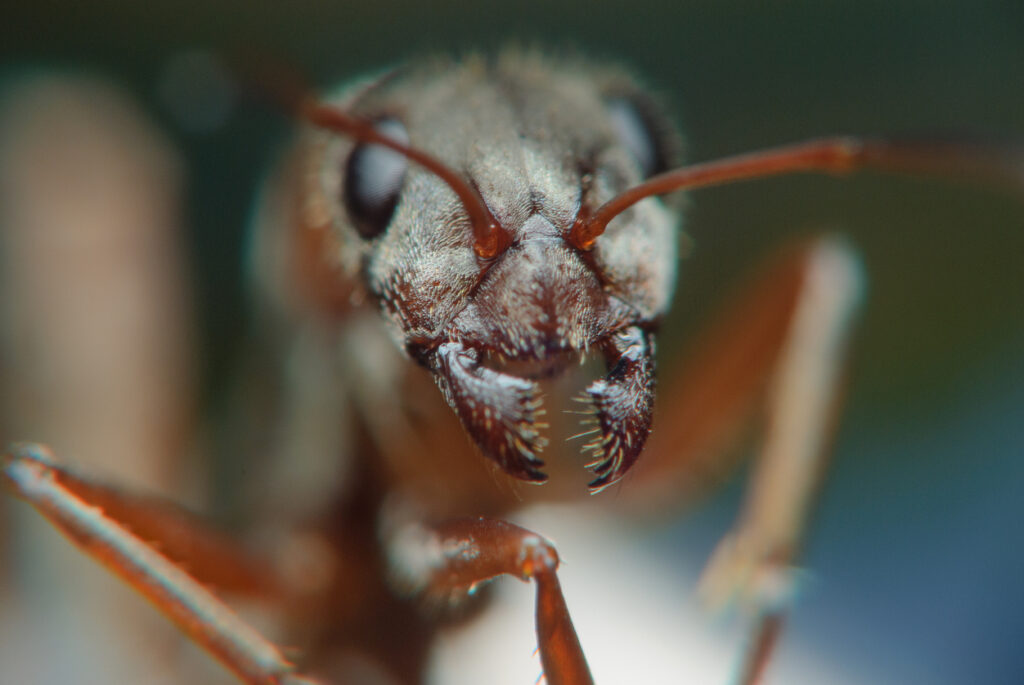
Forests burned, food chains collapsed, and for a while, it was chaos. However, not everything died off. In fact, some creatures, like ants, used the opportunity to quietly rise to power. And over the next few million years, they didn’t just survive—they absolutely took over. Here’s how they managed it, despite being so small.
1. The dinosaurs’ extinction cleared the playing field.
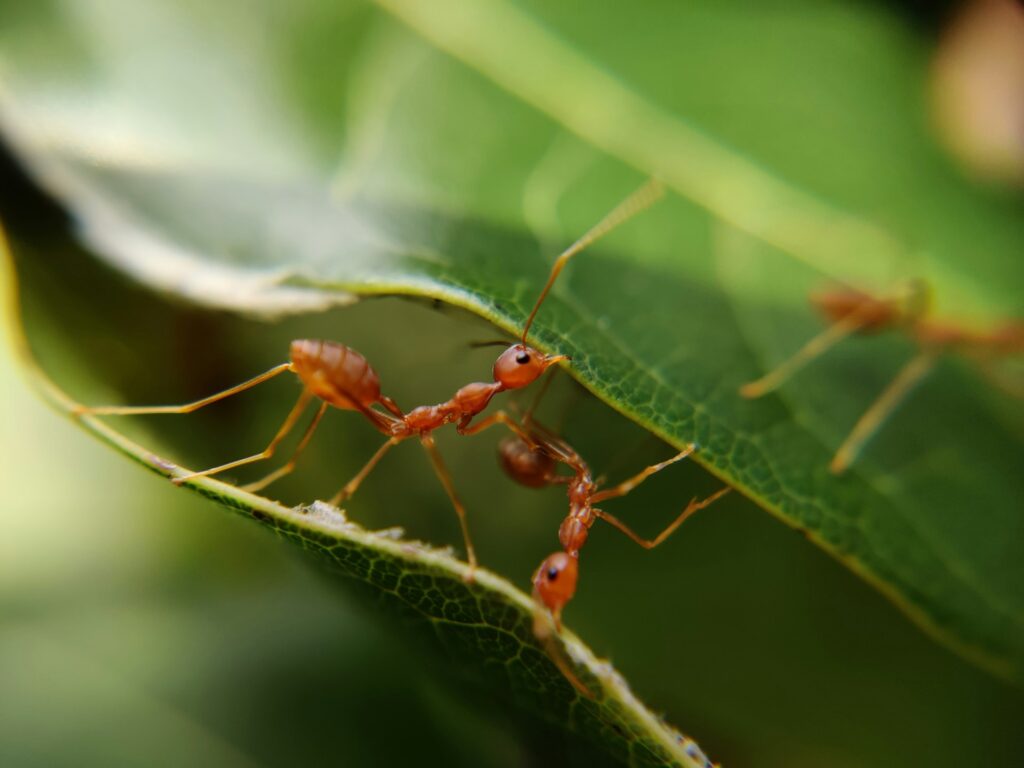
Before the asteroid hit, the world was dominated by big, loud, stomping reptiles. However, when they vanished, a massive chunk of the ecosystem was suddenly wide open. With fewer predators and less competition, smaller species had room to experiment, and ants were ready to move in.
Their tiny size and underground lifestyles gave them a serious survival advantage. They didn’t need a lot to eat, they weren’t flashy, and they could easily adapt to harsh conditions. That’s a winning formula in a post-apocalyptic world.
2. Ants were already around—they just weren’t running the show yet.
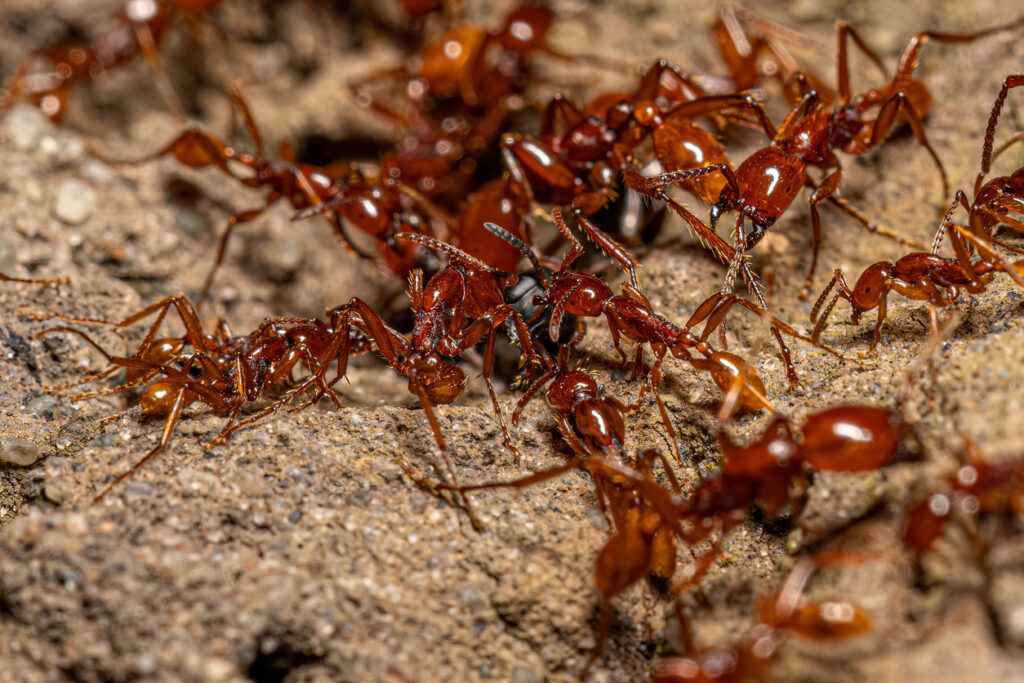
Ants actually appeared about 30 million years before the dinosaurs died out, but they were more of a background species. Think low-level workers in the global ecosystem, not top players. Once the big guys were out of the picture, ants had a shot at becoming much more than scavengers. And thanks to their social structure and teamwork, they were in the perfect position to scale up fast.
3. They evolved into thousands of specialised species.
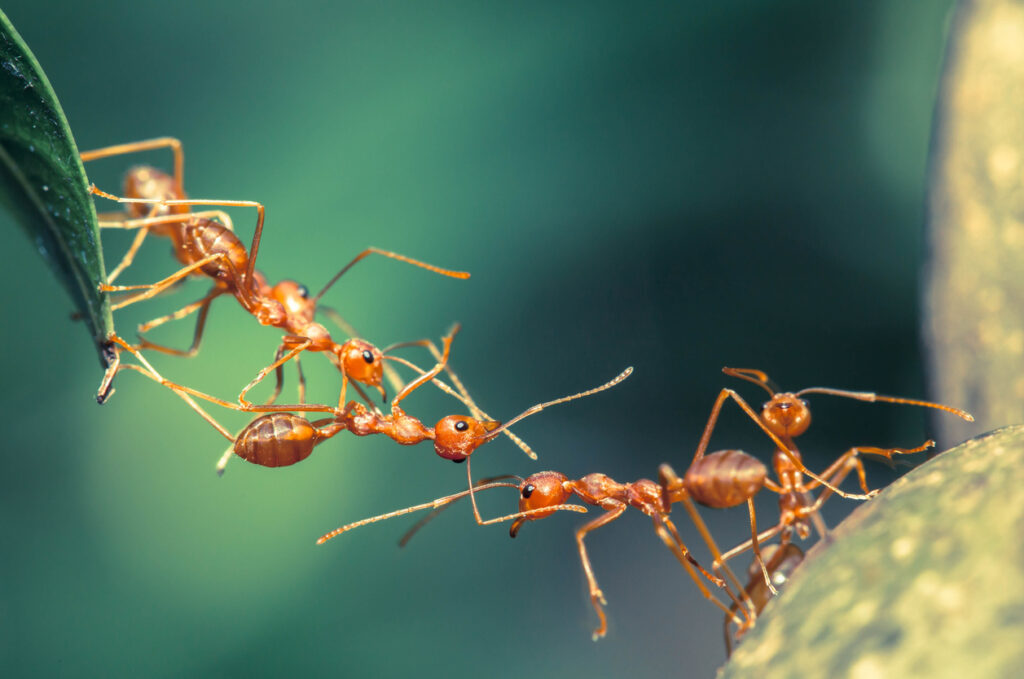
After the extinction event, ants didn’t just spread—they diversified like mad. Over time, they developed into thousands of different types, each with their own role, strategy, and place in the ecosystem. Some became farmers, cultivating fungus in underground chambers. Others turned into aggressive hunters, building massive colonies with built-in defence teams. That level of specialisation helped them dominate nearly every corner of the planet.
4. Their colony structure made them ridiculously efficient.
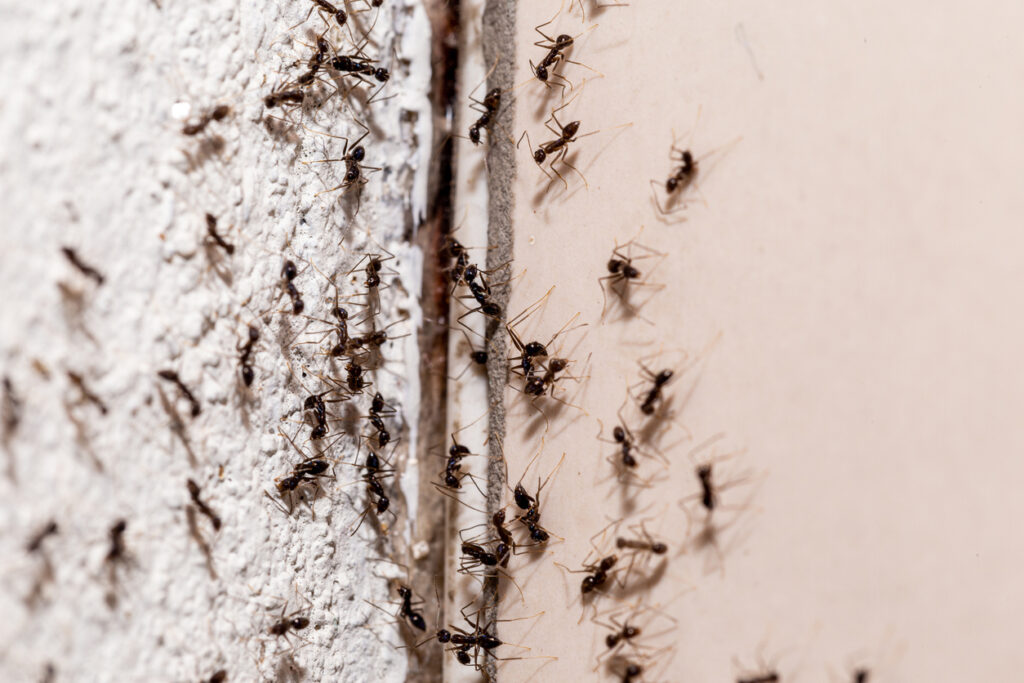
Most animals operate as individuals, but ants play the long game by thinking as a group. Their entire survival strategy is built around cooperation, communication, and division of labour. When you’ve got workers, soldiers, queens, and even undertakers all doing their jobs without drama, the colony becomes an unstoppable machine. That teamwork gave them a serious edge in rebuilding ecosystems after the extinction.
5. They partnered up with plants and other insects.
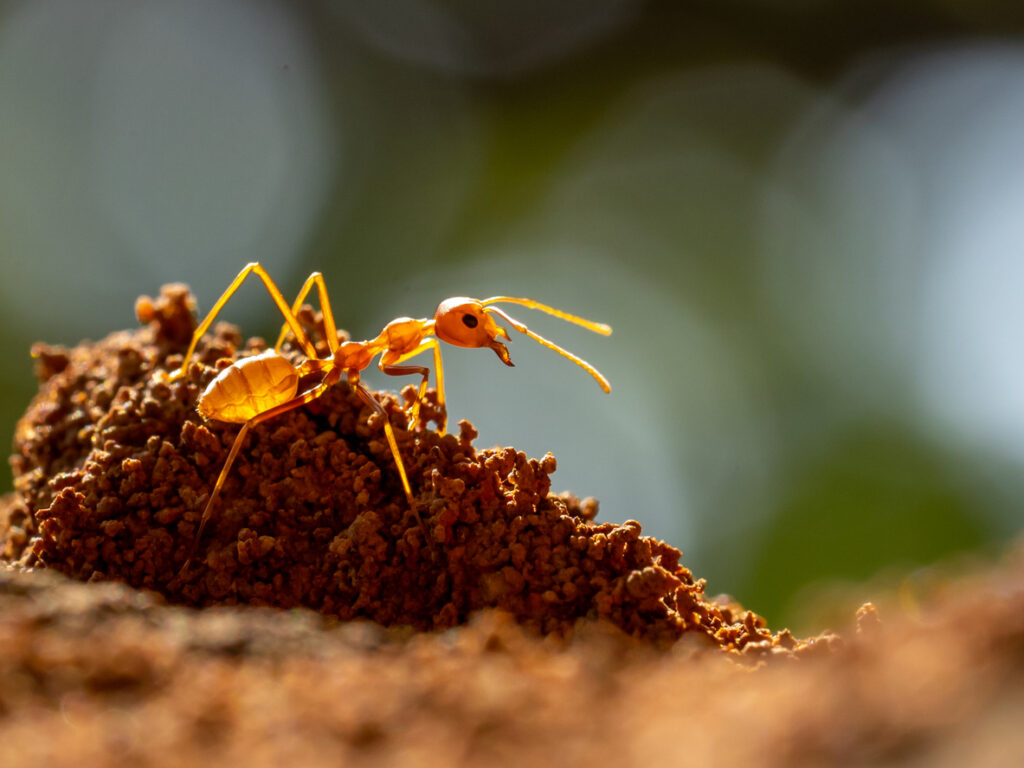
Ants didn’t just adapt solo; they teamed up. They formed mutualistic relationships with plants, defending them from pests in exchange for food and shelter. They also started farming aphids for honeydew, treating them like tiny livestock. That kind of networking made ants even harder to compete with. They weren’t just surviving, either. They were building alliances and creating mini economies that helped them thrive in a world that was still recovering.
6. They filled the cleanup crew role perfectly.

In a post-dinosaur world, there was a lot of decaying matter and mess to deal with. Ants are nature’s janitors—they scavenge, break down waste, and keep ecosystems tidy. By doing this dirty work, they not only helped clean up, but also helped restore the soil and nutrient cycles that bigger species would later rely on. In short, they were rebuilding the base of the food web while everyone else was still finding their feet.
7. They spread to nearly every continent.
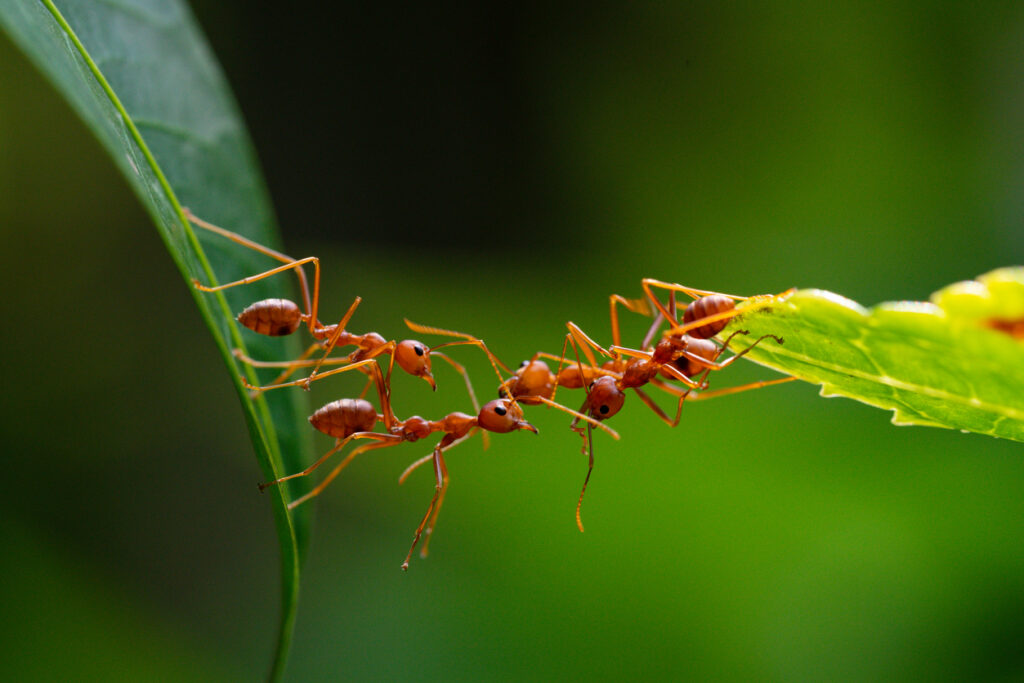
Today, ants are everywhere except Antarctica. That global reach began not long after the extinction event, as they took advantage of newly opened habitats and climates. Their ability to adapt to deserts, rainforests, grasslands, and even your kitchen floor made them one of the most successful survivors of the post-dino era. They weren’t just lucky; they were smart, flexible, and fast.
8. Their small size helped them outlast larger competitors.
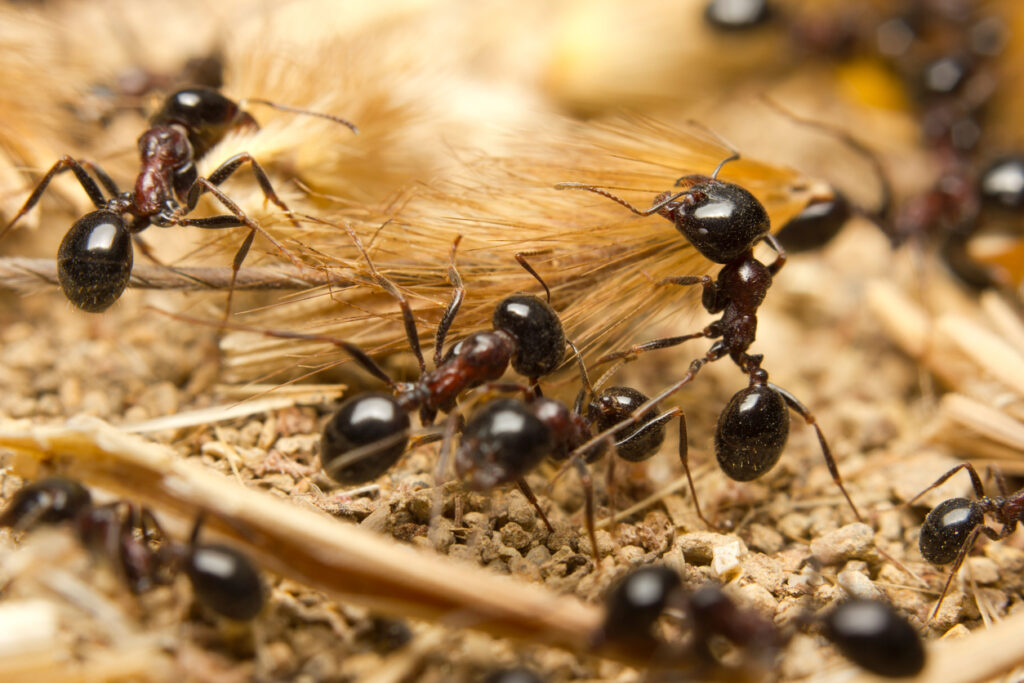
When resources are limited, being small becomes a huge advantage. Ants don’t need much to survive, and they reproduce quickly. That means they could bounce back from setbacks faster than larger, slower-breeding species. In an unstable, post-impact world where food was scarce and climates were shifting, ants had the perfect body plan and strategy to not just survive, but thrive.
9. They became ecosystem engineers.

Ants aren’t just passive members of the environment—they actively shape it. They aerate soil, disperse seeds, and influence the growth of plant life. After the mass extinction, these roles were crucial. By physically changing their environments, ants helped stabilise habitats and made them more liveable for other emerging species. In a way, they were setting the stage for the next era of biodiversity.
10. They never stopped evolving.

Unlike some creatures that plateau once they’ve adapted, ants kept evolving. Their social behaviours became more complex, their colony structures more advanced, and their survival tactics even more refined. This ongoing evolution means ants are still one of the most adaptable and resilient life forms on Earth—and it all traces back to that moment when the dinosaurs bowed out and ants stepped up.